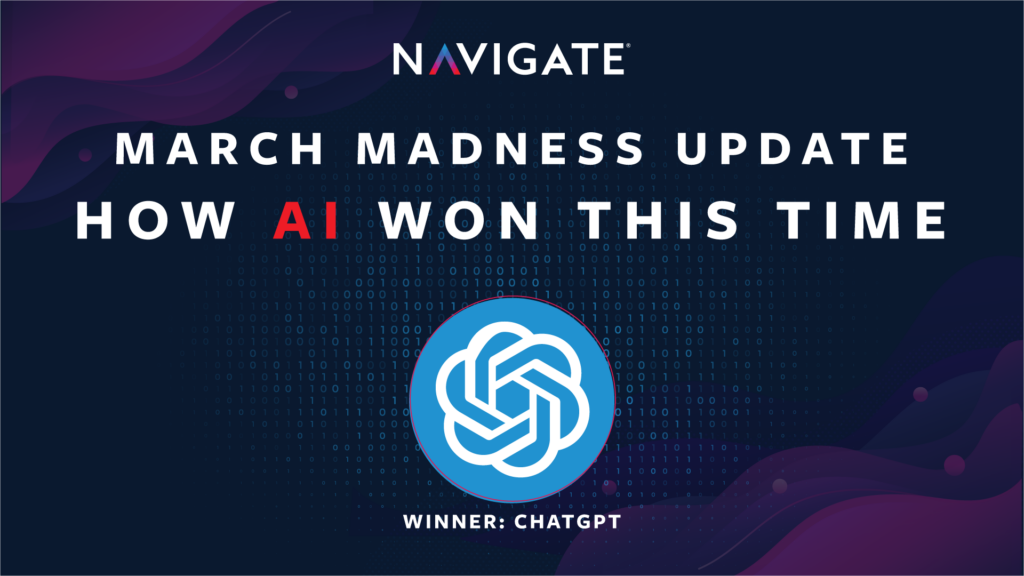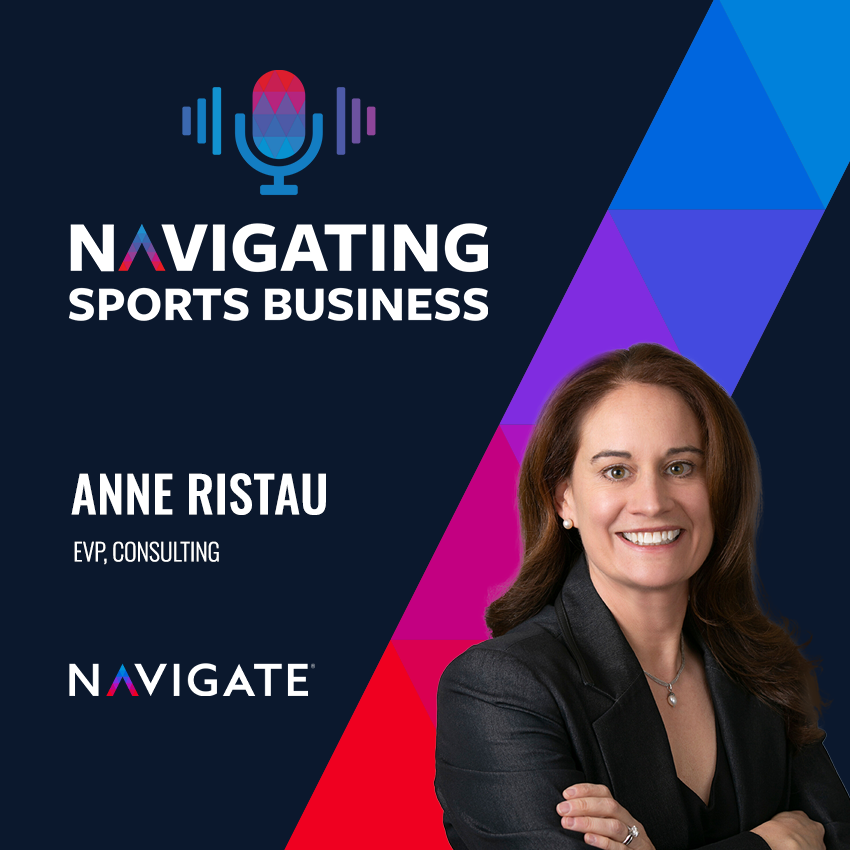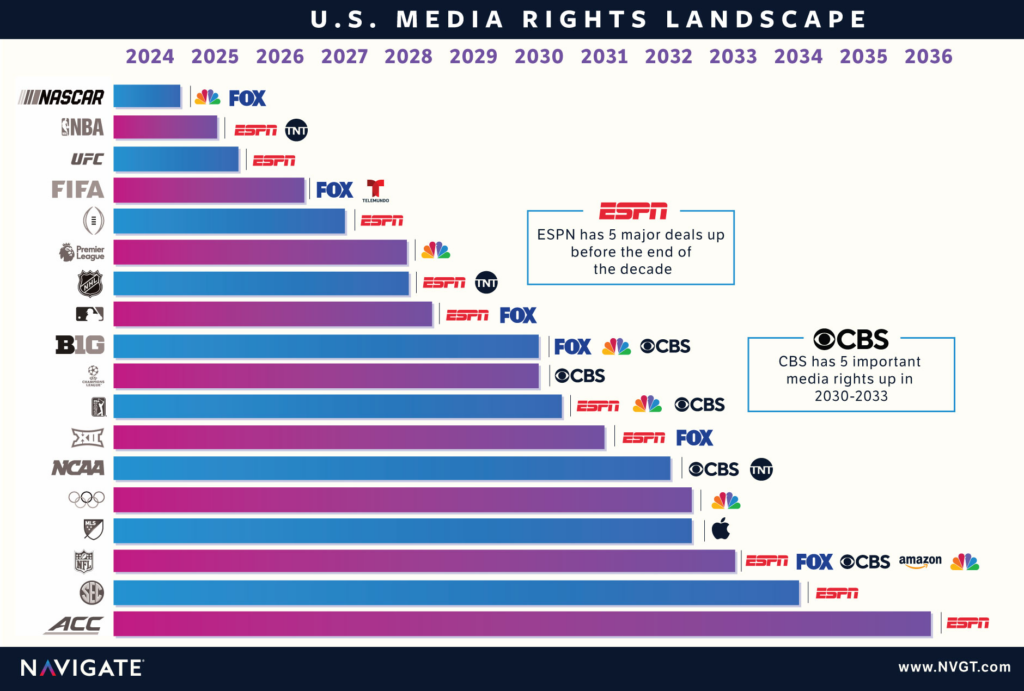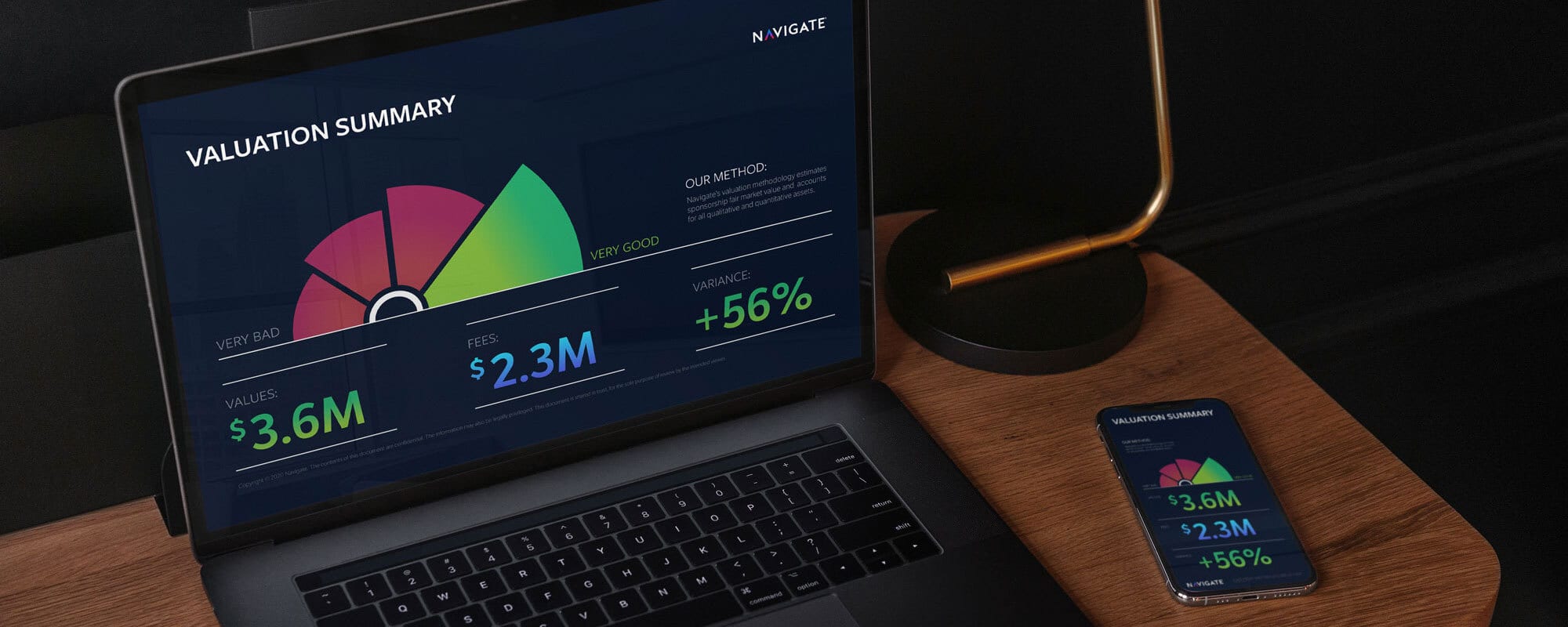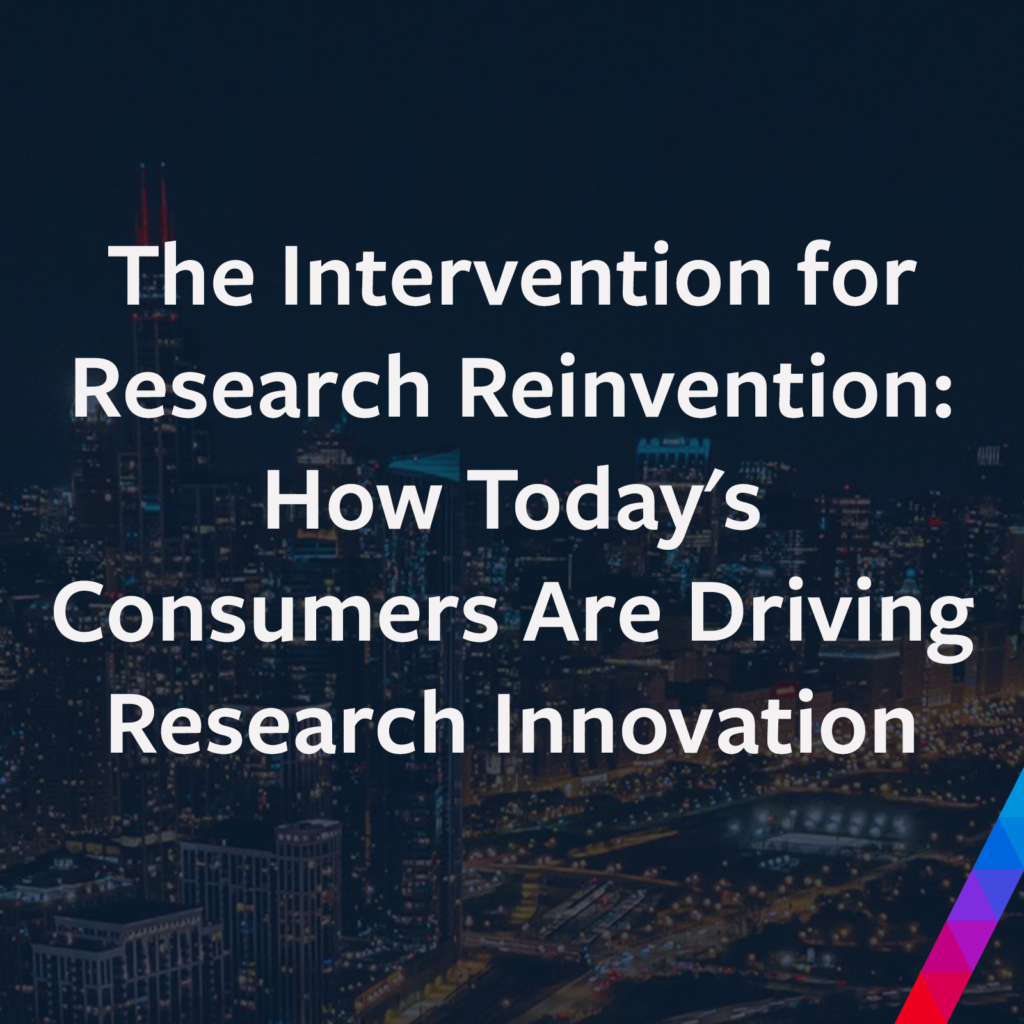
The Intervention for Research Reinvention: How Today’s Consumers Are Driving Research Innovation
As a company that prides itself on innovation through collaborative brainstorming, few things excite our research team like a group discussion on research design. Given that marketers are now able to communicate to their customers easier than ever before, and consumer/brand interaction comes with an infinite list of opportunities, we’re finding that traditional market research methods are no longer the single best way for sponsors to understand their target market.
Once upon a time, nearly all research objectives were solved through a focus group or a quantitative survey and a detailed banner plan. That said, as sharing content has become easier for everyone, the consumer voice has grown much louder, and consumers are craving more interaction than selecting from a predefined multiple choice question. As researchers, our job has shifted from creating a controlled environment and deciding what questions to ask, to figuring out how to engage and interact with customers in a way that captures their voice in the most accurate, honest, and passionately unfiltered way possible.
With little boundary separating consumers’ online and offline lives, todays’ consumers are constantly accessing and engaging with online content, even when on the go. The ability to multitask with different media sources, from just about anywhere, has made the traditional phone interview, or isolated at-home online survey, approaches that only gather pieces of a much greater story. As researchers, we now have a responsibility to catch consumers in the real and virtual environments that they simultaneously interact with. And as marketers, there’s now an opportunity to understand how to actively engage consumers in our marketing campaigns to leverage the span of their voices.
Given this new landscape, we’re finding our most revealing research is often a product of designs that would have never been considered, or even possible, in the days of ‘pen and paper’ research. Below are a few Navigate designed studies that demonstrate why some of our most innovative clients are starting to ask for creative design over research repetition:
- Case #1: To understand the effectiveness of activation during games broadcasted on a major sports network, in-home app based interviews were conducted. This revealed never before seen insights into the viewing audience and its engagement with the sponsor and the property while viewing a game on TV.
- Case #2: ESPN set out to uncover how technology was changing in-home football viewing. Discreetly placed cameras were set up in the living rooms of recruited football fans. A live feed and post one-on-one interviews generated much insight into the prevalence of digital device usage in allowing fans to customize their own game experience.
- Case #3: The AZ Diamondbacks were looking to make strategic marketing decisions around driving game attendance; the ‘modern focus group’ was born. The standard focus group facility was replaced by a popular sports bar, where thirty sports fans were recruited and moderated by a local sports radio host. The ‘reality TV feel’ and HD videos it generated helped the team understand how to leverage its greatest strengths.
The Value of Modern Research in Sports Business from NavigateResearch

